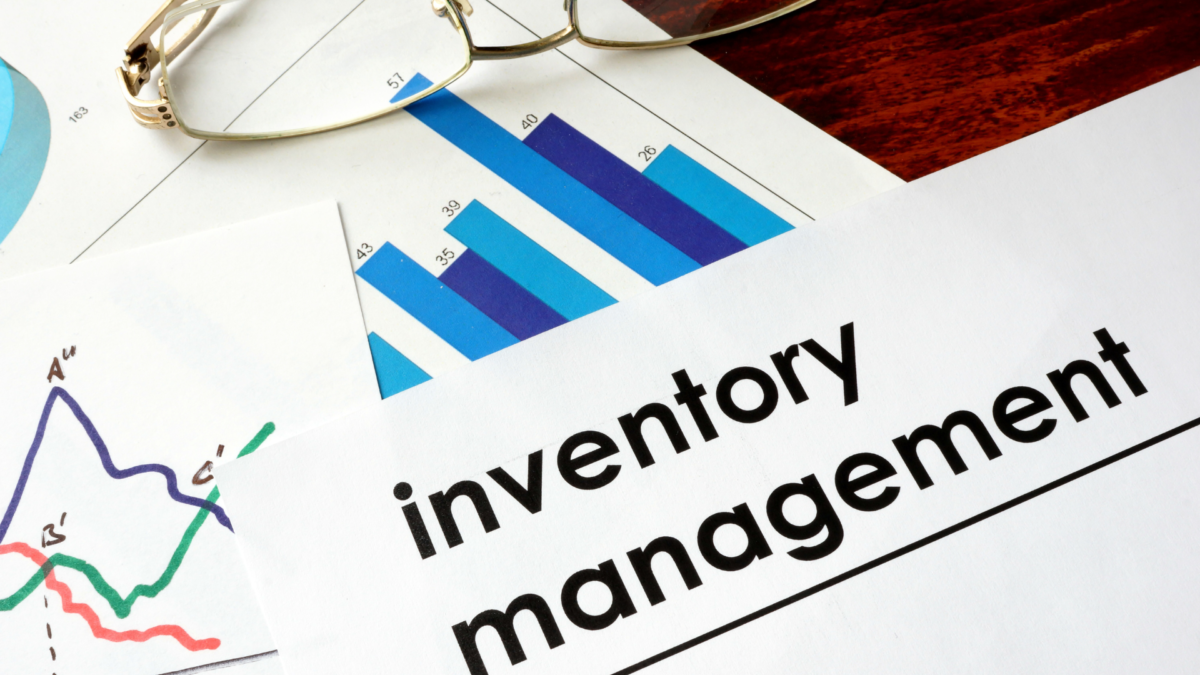Technology is reshaping the tourism industry in significant ways. Travelers now have access to advanced tools and platforms that streamline planning and enhance their experiences. Innovative advancements like AI-driven travel recommendations, mobile apps for real-time navigation, and virtual reality experiences are making travel more personalized and accessible than ever before.
The use of data analytics allows companies to better understand traveler preferences, enabling tailored marketing strategies and improved customer service. Digital platforms facilitate seamless bookings, while contactless payments and digital health passports are addressing safety concerns in a post-pandemic world.
As technology continues to evolve, it opens up new possibilities for immersive travel experiences that were once unimaginable. The intersection of technology and tourism not only enhances convenience but also enriches the way people connect with destinations and cultures.
Leveraging Technology in Tourism
The tourism industry is increasingly adopting technology to enhance services and improve customer satisfaction. Innovations in digital solutions, mobile technology, and big data analytics play pivotal roles in transforming how travelers plan their journeys and experience destinations.
The Digital Transformation of Travel Planning
Digital platforms have revolutionized travel planning by providing seamless access to information. Websites and mobile apps allow travelers to compare options, book accommodations, and create itineraries with ease.
With tools like chatbots and virtual assistants, users receive instant support, enhancing convenience. Companies like Expedia and Airbnb leverage these technologies to streamline the booking process, making it user-friendly and efficient. The internet has become essential, as travelers rely on online reviews and recommendations to make informed decisions.
Role of Mobile Technology in Enhancing Tourist Experience
Mobile technology is crucial for improving the tourist experience. Applications provide real-time information on attractions, local events, and navigation. This immediate access enables travelers to discover new opportunities during their trips.
Features such as GPS navigation and online ticket purchasing simplify logistics. For instance, apps like Google Maps help users find popular destinations with ease. Additionally, mobile payment options enhance convenience, allowing travelers to make transactions without cash or cards, promoting a hassle-free experience.
Big Data and Personalization in Tourism
Big data analytics significantly influences how tourism businesses operate. By collecting and analyzing data from various sources, companies gain insights into consumer behavior and preferences. This information allows for personalized marketing, targeting specific customer demographics with tailored offers. For example, hotels can send personalized discounts based on past bookings, improving engagement and customer loyalty.
Incorporating data-driven strategies leads to better decision-making, optimizing resource allocation. As a result, businesses increase efficiency while enhancing the overall customer experience. Technologies powered by data analytics are becoming indispensable in understanding market trends and improving service quality in the tourism sector.
Innovative Technologies Reinventing Tourism
The tourism industry is experiencing a significant transformation due to innovative technologies. These advancements enhance customer experiences, streamline operations, and promote sustainability. Key areas of focus include Virtual Reality (VR), Augmented Reality (AR), Artificial Intelligence (AI), and tech-driven business models.
Virtual Reality and Augmented Reality Experiences
Virtual Reality and Augmented Reality provide immersive experiences that reshape how travelers interact with destinations. VR allows potential travelers to explore hotels, attractions, or entire cities before making a booking. For instance, platforms like Oculus and Google Earth VR offer stunning visualizations of landmarks and experiences.
AR enhances real-world experiences through applications that provide additional layers of information. Apps like Google Lens enable users to point their devices at historical sites to receive real-time information about them. This technology increases engagement and aids in decision-making during travel planning.
Artificial Intelligence in Travel Agencies and Hospitality
Artificial Intelligence is streamlining operations in travel agencies and the hospitality sector. AI-powered chatbots provide instant customer service, answering queries about bookings and travel itineraries. For example, brands like Marriott and Expedia utilize chatbots to enhance user engagement and improve booking experiences.
Furthermore, AI algorithms analyze user preferences to offer personalized recommendations. Platforms can suggest destinations, accommodations, or activities based on past behaviors. This targeted approach increases customer satisfaction and drives loyalty among travelers.
Sustainability Through Tech-Driven Business Models
Sustainable practices in tourism are being supported by innovative technologies. Tech-driven business models focus on minimizing environmental impact while improving efficiency. For instance, platforms like Airbnb promote sustainable tourism by encouraging travelers to stay in environmentally friendly accommodations.
Additionally, software solutions help businesses monitor and reduce energy consumption. Tools that track carbon footprints can lead to more responsible decision-making. By integrating sustainability with technology, companies in the tourism sector can appeal to eco-conscious travelers while fostering long-term environmental stewardship.
Enhancing Customer Experience with Tech Innovations
Technology plays a crucial role in enriching customer experiences in the tourism industry. Virtual tours and personalized services are transforming the way travelers engage with destinations.
Transforming the Customer Journey with Virtual Tours
Virtual tours allow potential travelers to explore destinations from the comfort of their homes. This digital experience provides high-quality visuals, offering a realistic view of attractions, hotels, and activities.
Benefits of Virtual Tours:
- Helps customers make informed decisions.
- Reduces the uncertainty often associated with travel planning.
- Enhances engagement by providing interactive experiences.
Travel agencies and hotels utilize virtual tours on their websites to attract guests. With features like 360-degree views and guided experiences, these tools showcase offerings effectively, making it easier for customers to envision their trip.
Personalized Experiences Powered by Technology
Personalization has become a key focus in customer service within the tourism sector. Using data analytics, companies can tailor experiences to meet individual preferences.
Examples of Personalized Technologies:
- Recommendation Systems: Suggest activities based on previous travel history.
- Mobile Apps: Provide customizable itineraries suited to travel goals.
- AI chatbots: Offer real-time assistance in booking and inquiries.
By leveraging customer data, businesses can enhance satisfaction and build loyalty. This tech-driven approach not only optimizes experiences but also fosters a deeper connection between travelers and destinations.
Looking Ahead: The Future of Travel and Tourism
The future of travel and tourism is poised for significant change, driven largely by advancements in technology. Innovations such as artificial intelligence, virtual reality, and smart transportation systems will transform how travelers plan and experience their journeys.
The World Tourism Organization emphasizes the need for sustainable practices. It’s essential to integrate technology that supports environmental conservation while catering to evolving traveler preferences.
Key Trends to Watch:
- Personalization: Technology will enable highly customized travel experiences, tailoring recommendations to individual preferences.
- Automation: Increased use of robots in customer service can enhance efficiency and satisfaction in the tourism industry.
- Data Analytics: Analyzing consumer behavior allows businesses to optimize offerings and improve the tourist experience.
Furthermore, historical insights will shape future developments. Past trends show a cycle of adaptation after economic or environmental shifts. The tourism industry continues to learn and evolve based on previous challenges. The growth of smart cities will significantly influence travel. Enhanced infrastructure will streamline mobility and connectivity, enriching the overall experience.
As technology becomes more integrated, it will empower travelers to make informed decisions. This fusion of history and tech paves the way for a dynamic future in the tourism landscape. The potential for immersive experiences is vast, promising a redefined journey for all explorers.








